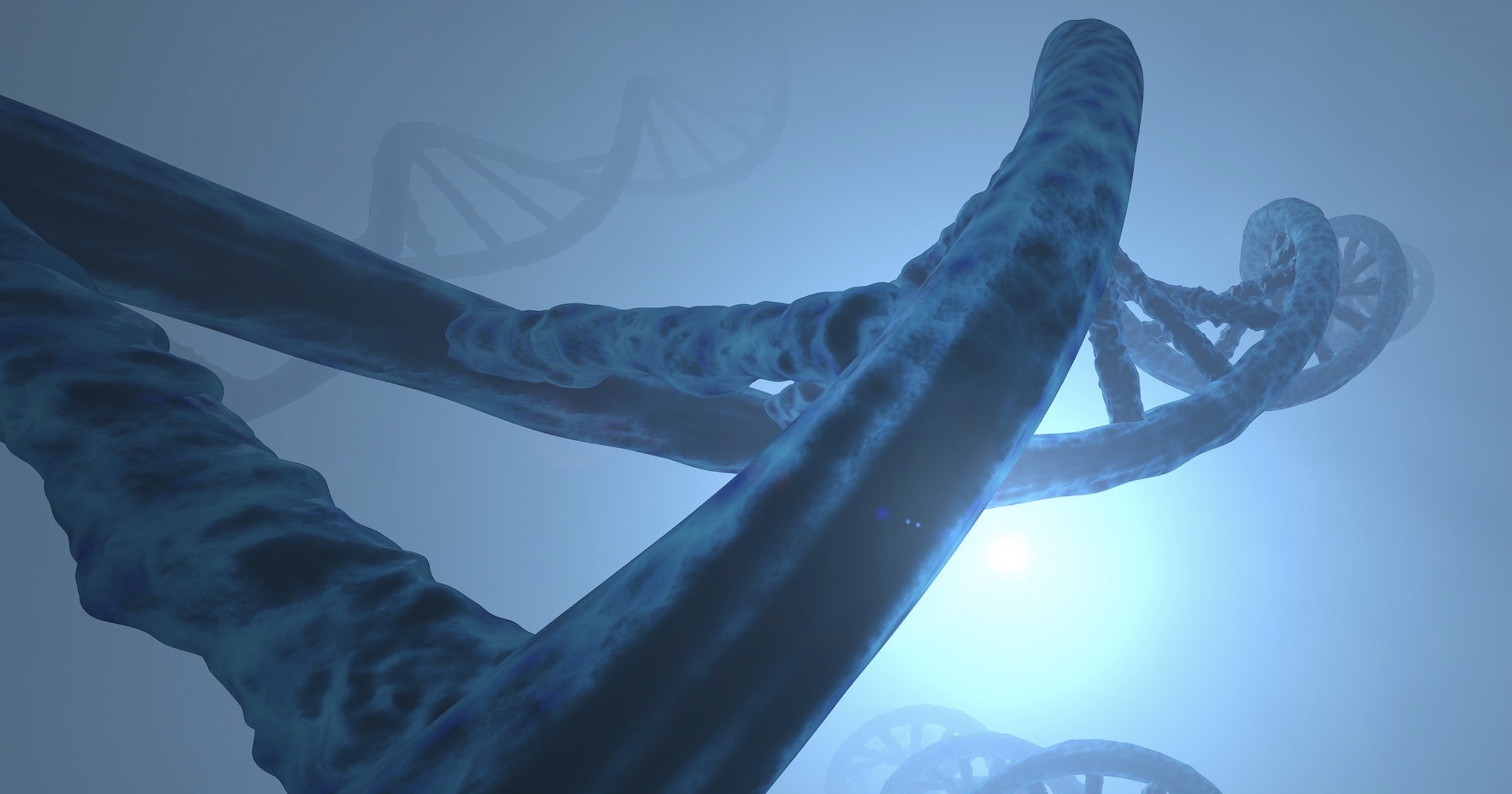 Evolution
Evolution
 Intelligent Design
Intelligent Design
To Understand Nature’s Intentionality, We Must Go Back to the Future

In my two most recent posts (here and here), in a series discussing the science of purpose, I described the foundational subject-object metaphysics (SOM) of modern science, and how that has unfortunately led to the rise of modern scientism. I pointed out why SOM can never go beyond a derivative/secondary explanation of life. Perhaps the greatest illustration of the failure of SOM is that it necessarily leads to irreducible complexity, as so brilliantly explicated by Michael Behe, Jonathan Wells, William Dembski, Stephen Meyer, et al.
But it was also SOM, as originally articulated by Descartes, that led Western civilization to great scientific advancement. Now, we find ourselves at the limit of the advances that can be thusly obtained.
Where Do We Go from Here?
The answer can be obtained by understanding the profound differences between the physical and the life sciences
In Descartes’s 17th-century world, scientific investigation was crude at best. There was the telescope which allowed Kepler and Copernicus to redirect our astronomical position to heliocentric and away from geocentric. But down on planet Earth the issues were mechanical, and the focus was on the construction of weapons, roads, and buildings. In other words, the creation of machines that reduced heavy labor requirements was at the center of all “technological” inquiry.
And so it was here, at this crucial point of departure, where Descartes found it most expedient to exclude two of the four basic categories of causation originally articulated by Aristotle and reinvigorated by Aquinas. That is, he co-opted Aristotle’s material and efficient (mechanical) elements of causation and utterly dismissed the two remaining and more sublime categories of formal and final causation (telos).
To be sure, formal and final causation are more metaphysical than they are concrete concepts. It required the truly inimitable intellect of Aquinas to Christianize and modernize what Aristotle had said 1,600 years before him. And in so doing, St. Thomas created the comprehensive metaphysics that defines Christianity to this day.
The problem was that application of formal and final causation in the 17th century to the technology of building better machines was largely futile. Thus they were abandoned for all practical purposes. And from those days onward, science has clung to only the two forms of causation that are in evidence to SOM: material and efficient causation.
The bare bones fundamental principle of St. Thomas’ formal and final causation is just this: “All things are ordered to their end.” That is to say, there is purpose in everything, which is embedded in the structure of reality. And the fact is that Descartes fully acknowledged this. His only objection was, “Yes but it isn’t science.”
Sound Familiar?
René Descartes and Isaac Newton, the true fathers of modern science, both deeply devoted Christians, could not know that a century later, another great intellect, Pierre-Simon, Marquis de Laplace, would declare that science, devoid of formal and final causation, allowed him to reject what Stephen Meyer has called the God Hypothesis.
And so it was that the #1 rule of modern science from the 19th century onward was that nothing metaphysical could be included in any scientific explanation. To wit, vitalism was banned. As science marched forward over the ensuing 150 years, the belief was that it would finally explain everything in reductionist terms. Darwin had explained evolution. Freud had explained the mind. Watson and Crick had explained DNA. The “god of the gaps” was shrinking out of sight.
But Then…
Over about the past thirty years, there has been nothing short of a revolution in scientific inquiry. Why? Because a singular question lurking unanswered throughout the centuries-long stampede of SOM science has re-emerged in full force: the intentionality of life. I discussed this in my previous post. From the 17th through the 19th to the middle of the 20th century, it was easy enough to disregard intentionality on the part of inanimate objects, so amenable to description through material and efficient causation alone. But now we are probing the depths of life itself
And where we once thought a simple DNA code was transcribed in linear fashion by ribosomes into proteins that build organisms, we now find an array of complexity so vast and incomprehensible, and most importantly so intentional, that there is nothing in the SOM of efficient or material causation that could ever explain it.
Which brings us all the way back to the formal and final causation of Aristotle and Aquinas. There we will find an exhilarating explanation of the deepest intentional complexity of mind, body, and soul.
We must go back, to explore the future.
